People know the Alocasia Cucullata as “Buddha’s Palm.” It is a popular choice for ornamental gardening. This unique name comes from its slim stems that hold large, heart-shaped leaves. The leaves sway in the slightest of breezes.
Discover the Charming Alocasia Cucullata Plant
The Alocasia Cucullata plant thrives in bright, dappled sunlight. It likes moderate humidity. It loves warm weather. It benefits from occasional misting to stay beautiful. For optimal growth, plant it in moist soil with good drainage.
It belongs to the tropical Alocasia group, also known as “Elephant’s Ear.” The Cucullata species is smaller than its relatives. This makes it perfect for decoration. This tough plant lasts a long time and needs little care. It is good for both indoor and outdoor growth in containers.
Alocasia Cucullata is a popular choice as an indoor ornamental plant. People cherish it for its vintage charm. It’s common in hanging baskets. They decorate offices and living rooms of plant enthusiasts.
Alocasia plants are part of the Araceae family. They come from the tropical rainforests of Southeast Asia. They thrive in Borneo, the largest Asian island. There are about 79 known species. These beautiful tropical plants were edible. But, breeders have developed many non-edible varieties for decoration.
Alocasia Cucullata has dark green, glossy leaves clustered in dense foliage. It comes in various sizes and can reach heights of up to 150 cm.
The Cucullata brings good fortune. It is often planted in Buddhist temples in Thailand. Its lush green foliage can transform any space into a serene and tranquil paradise. This stunning tropical plant is easy to manage. It thrives in typical home conditions and needs little care.

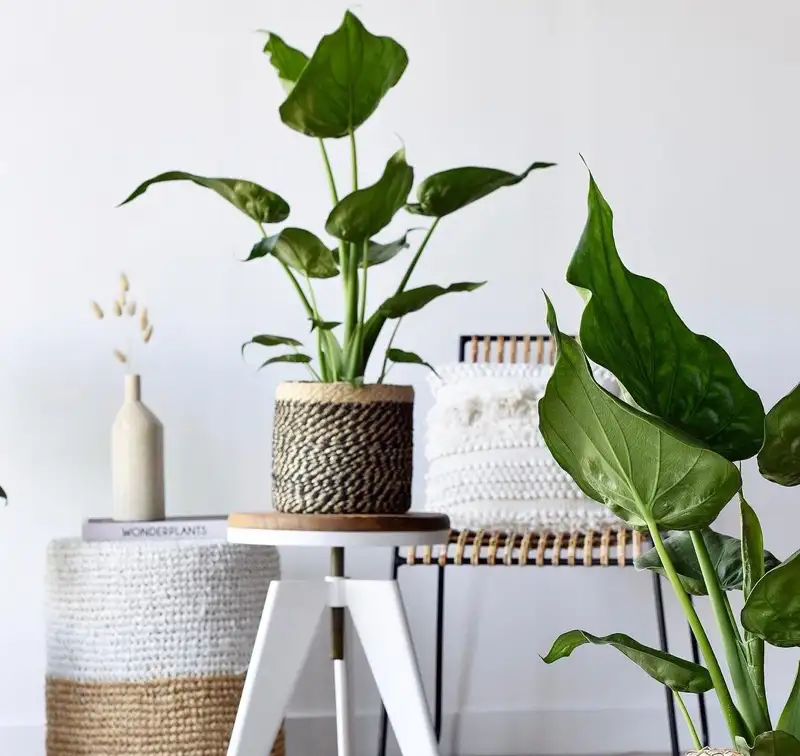


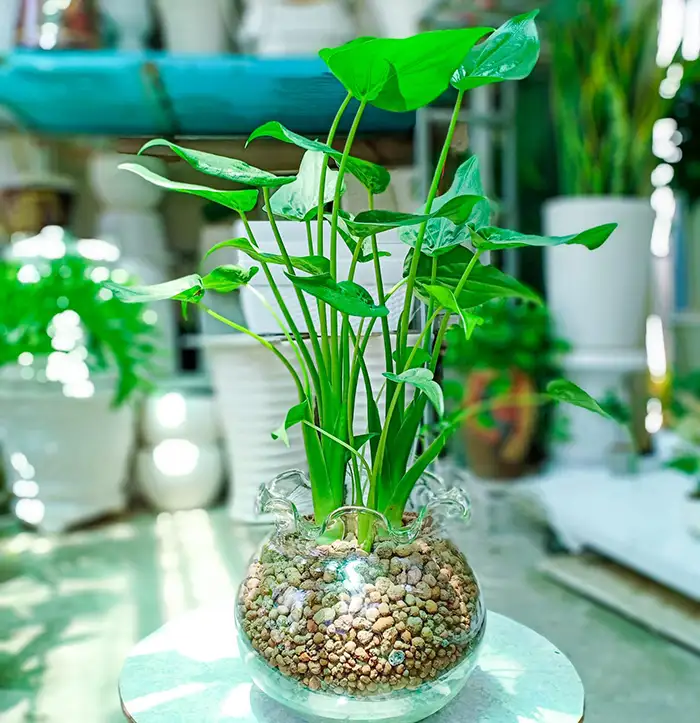
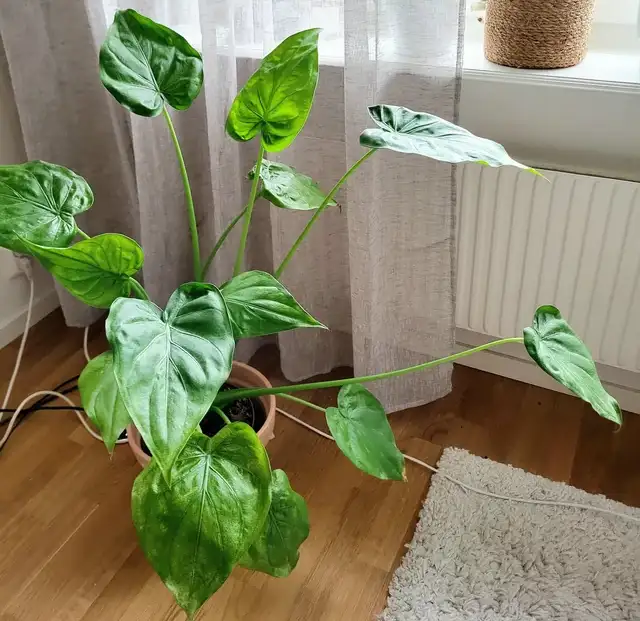
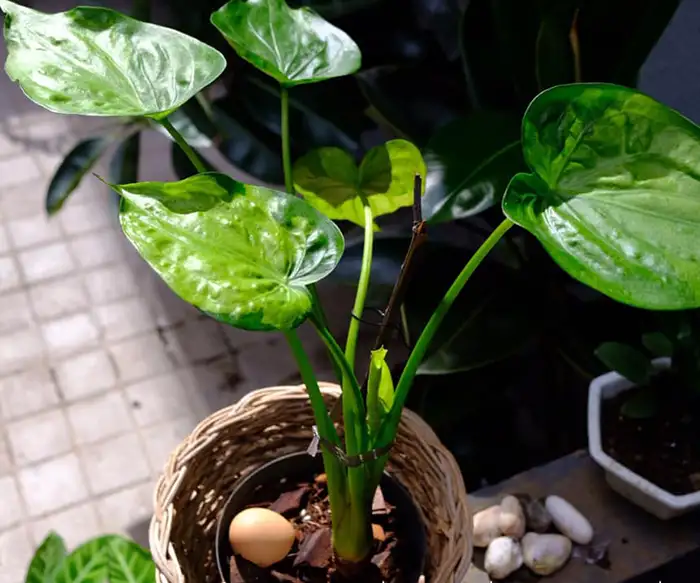
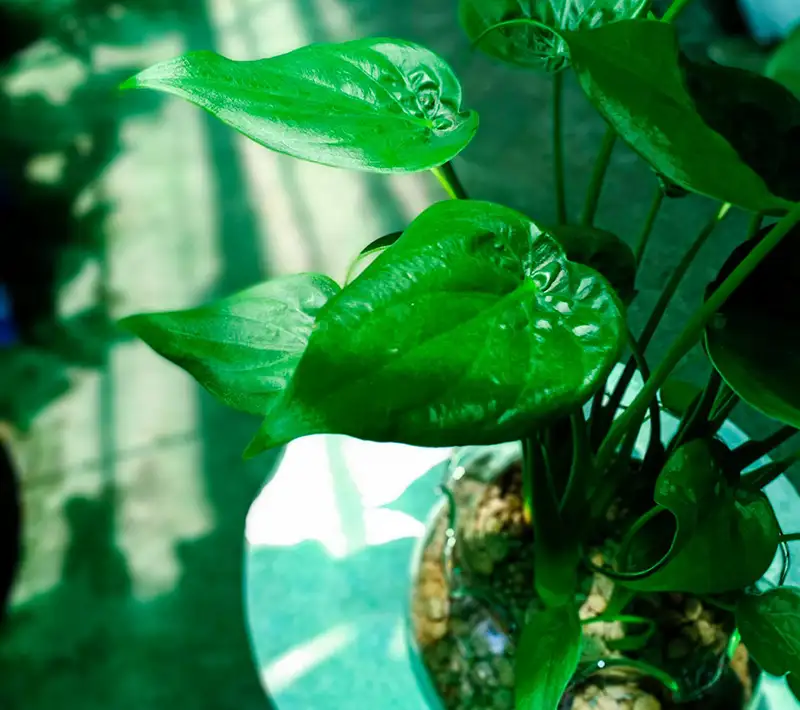
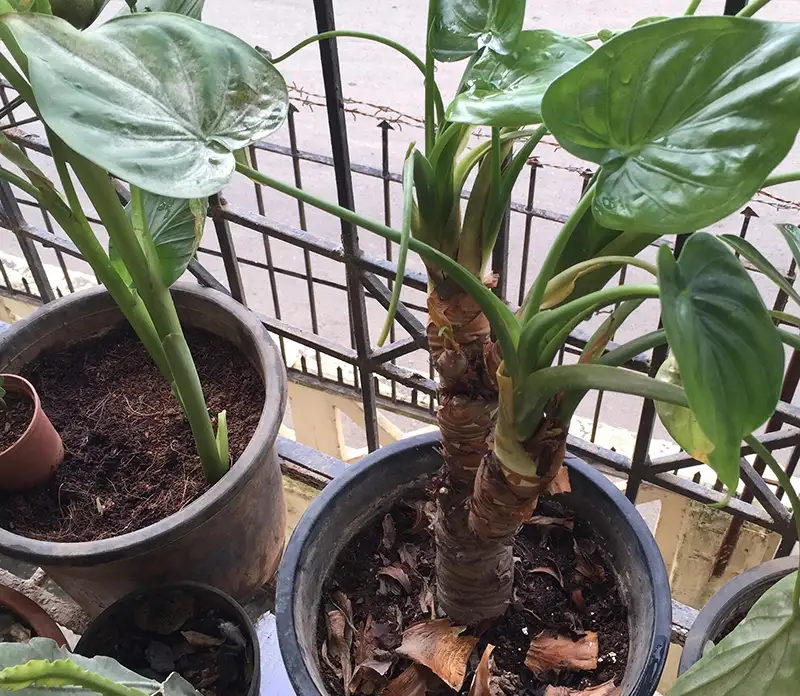

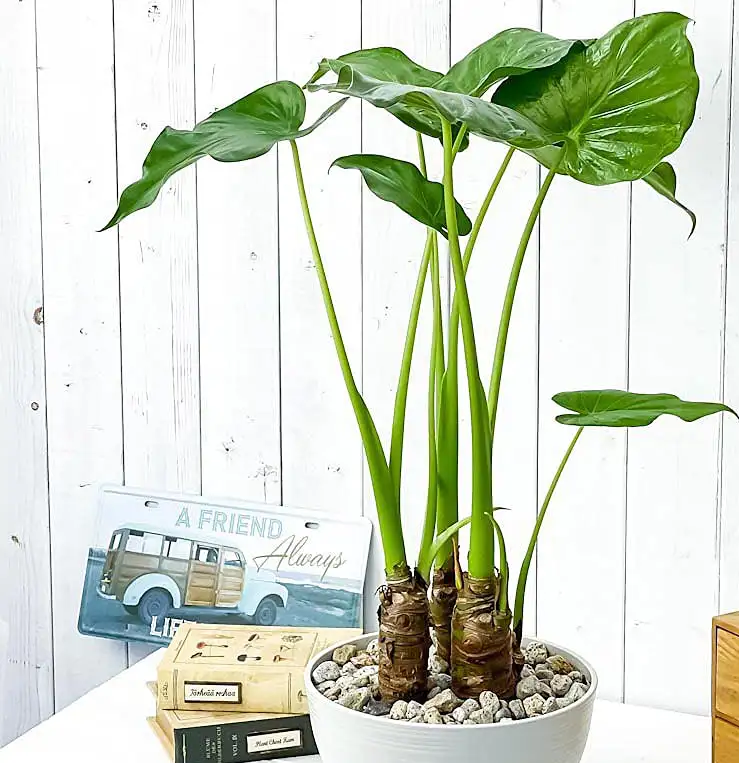
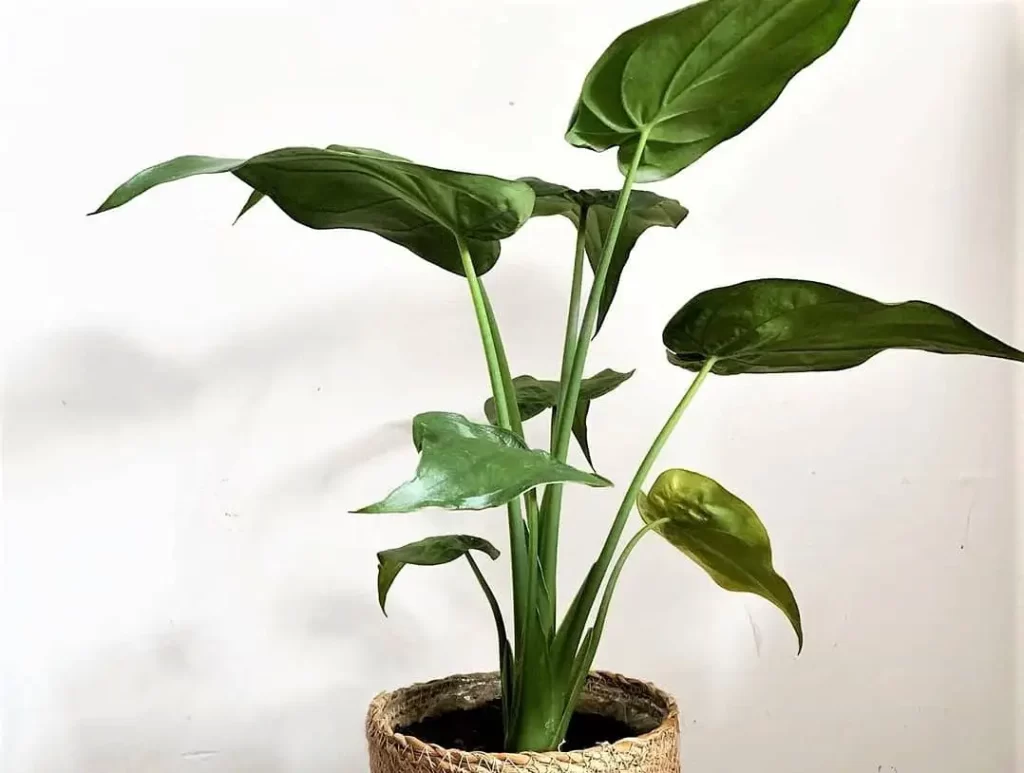

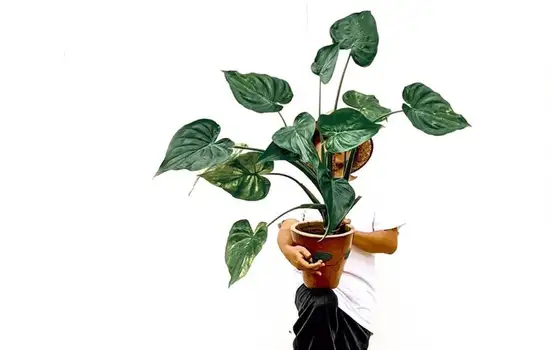




Leave a Reply